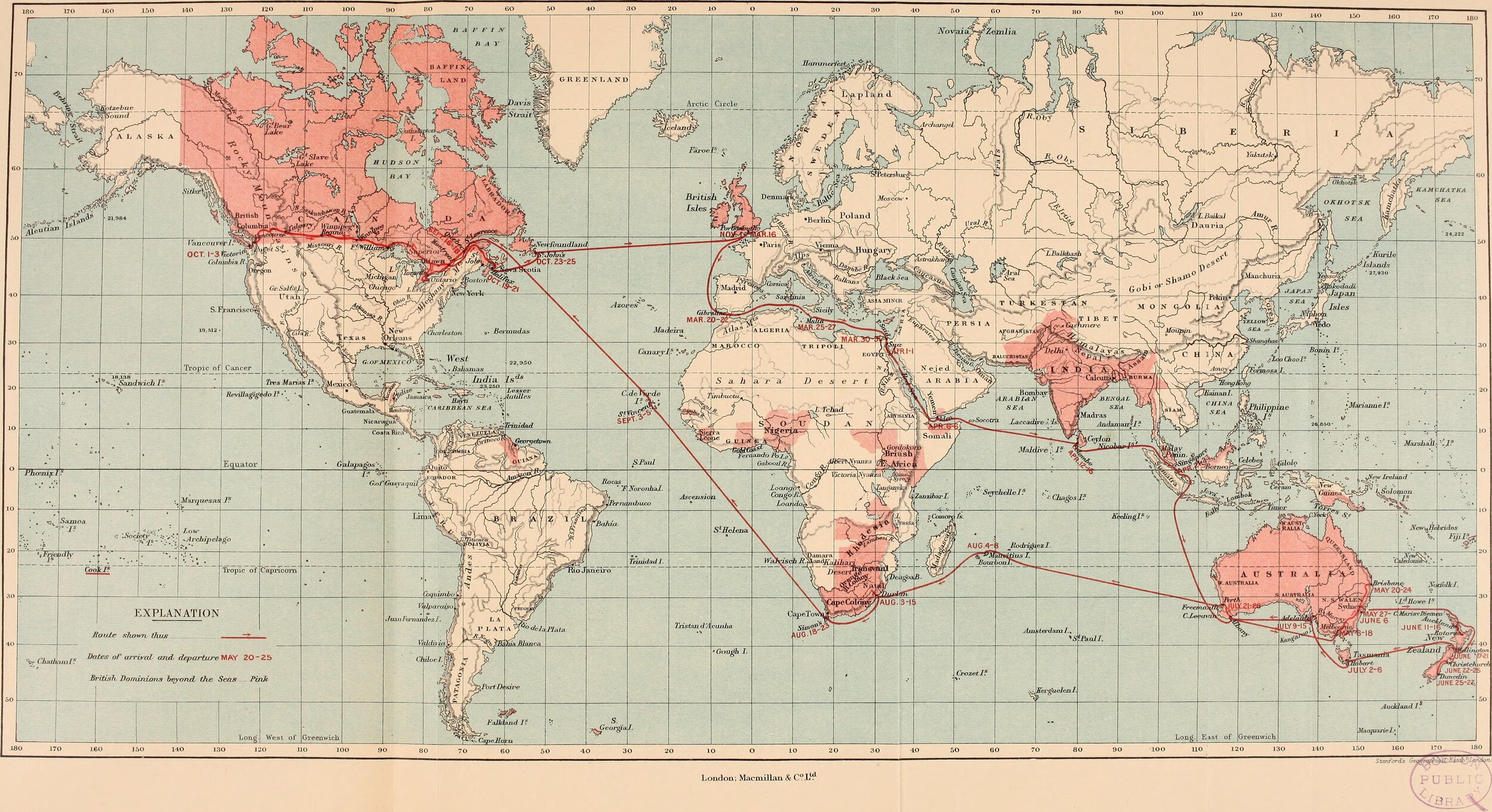
Part 5:
1945 to 2020: The Big Picture
#89 The Fall of the Soviet Union
When the Soviet Union collapsed in 1989, the western world was stunned. Their hyperbole of criticism and their lack of access to Soviet economic statistics left the Western countries unprepared for what to do next. The USA was prepared to celebrate; their Cold War had been successful, and they moved their best economists to Moscow to advise. From having no access and very limited knowledge, suddenly the situation was reversed. Their imperial ambitions soared.
#88 World Power: An Aphrodisiac for the Unwary
The key to understanding the Americans and world power after 1945 is that maintaining her competitive advantage has always been her key political concern. That has meant creating and then maintaining key alliances with a select number of nation-states like Israel and the old colonial nations of Europe, Japan, and to a lesser degree South Korea. All the others were nations that needed to be dominated.
#87 The Dominant Theme of the 20th and 21st century
The present-day Ukrainian example could not be a better example: The struggle to obtain and then hold onto World Power became the dominant theme of every struggle around the world after 1945. No local struggle however small could be understood after 1945 without an understanding of the dynamics of the global power play. The struggle first manifested itself in the Cold War, from 1948 to 1989. The USSR was seen as an enemy of the USA, throughout this period. The USA organised itself to oppose any move of any state to become Socialist. Past blogs have given many examples. By the 1980s, no means was too horrific for the USA (for a time even torture became normal policy).
#79 The Growth and Growth of China
China has had a centralised society governed over millennia by various dynasties of Emperors. Over the past 500 years, centralised empires in the Americas, Africa, Asia and Europe were destroyed by the marauding powers of Western colonialism. China as a centralised power survived; she reinvented herself. China had developed herself over an extraordinarily long period. Empires like the Ottomans, Russia, or the now-forgotten Holy Roman Empire, lasted for some hundreds of years; but the Chinese empire has lasted over thousands of years.
Chinese development presents to Western audiences one of the major enigmas of this moment of history. On the one hand, we have China’s remarkable growth over the last 50 years, with her ability to enrich almost her entire population. On the other hand, is the struggle for world power with the USA, which is forced on China whether she wishes it or not.
#64 Controlling the Peace: The Re-establishment of World Power
Readers of these blogs will know that establishing world power has always required sophisticated ideology to justify action across the world. The centre of ideology in the hundreds of years after 1492, up to 1945 centred on race and racism; that European and then American invasions were by ‘superior’ peoples. Race was always a flexible tool and the exact variant varied over time determined by who were the perpetrators of the invasions and the moment in history.
The ideological story that followed 1945 would be determined by the USA. This blog discusses the new ideological tale told by the Americans and the old European colonial powers who had lost all their colonies as a consequence of the wars that ended in 1945.
#60 World Power: the Birds-eye View of Major Change
Perhaps the most important historical global change after the defeat of Germany and Japan in 1945 was the USA taking over world power.





